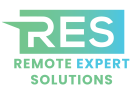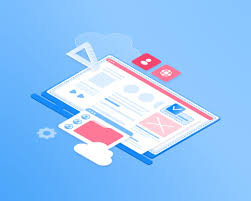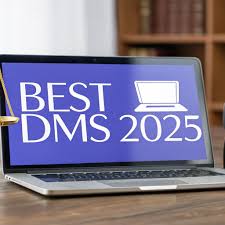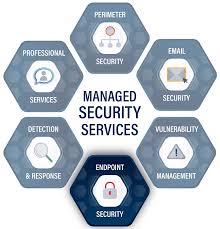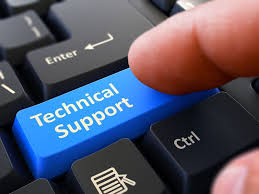In 2025, the software landscape is defined by trending product features software 2025, shaped by AI services, data demands, user expectations, and innovation. Businesses worldwide are embracing smart capabilities, real-time insights, strong security, and immersive experiences. For engineers, product managers, and decision-makers, understanding which features truly matter is key to building solutions that perform, delight users, and stand out in a competitive market.
Trending Product Features Software 2025: The Five Must-Have Innovations
Software products that thrive in 2025 include powerful features built around adaptability, artificial intelligence, and user value. Here are the five game-changing capabilities reshaping the digital ecosystem:
Trending Product Features Software 2025: AI-Driven Generative Intelligence
AI is no longer optional—it’s essential. From AI copilots that guide user workflows to models that generate marketing content, code snippets, and visuals, trending product features software 2025 increasingly embed AI at their core. Generative AI is enhancing productivity, personalization, and creativity across industries, making software smarter and more adaptive by design.
Trending Product Features 2025: Real-Time Analytics with Predictive Insight
Access to near-instant data enables faster decisions. Modern platforms monitor behavior, usage, and system performance in real time—and then leverage AI to forecast trends. Users no longer wait for reports—they get actionable insights that anticipate needs, optimize workflows, and sharpen competitive edge. This dual capability is now a hallmark of forward-looking platforms.
Trending Product Features Software 2025: End-to-End IoT Connectivity
Incorporating IoT sensors and devices into software has become fundamental. Whether it’s for smart home systems, logistics platforms, or industrial automation, software products now integrate seamlessly with edge devices for monitoring, reporting, and control. This growing connectivity strengthens operational awareness and predictive maintenance strategies.
Trending Product Features 2025: Advanced Privacy & Biometric Security
With rising data concerns, secure user authentication and privacy controls are vital. Software platforms now include multi-factor biometric authentication—such as fingerprint or face recognition—along with built-in encryption and behavioral threat detection. Compliance dashboards and privacy-first interfaces ensure users feel safe, and businesses remain compliant.
Trending Product Features Software 2025: Immersive AR/VR Experiences
Augmented and virtual reality are reshaping application design beyond entertainment. From retail and simulation training to remote collaboration and education, immersive experiences are driving deeper user engagement. Software products leveraging AR/VR enable intuitive visualization, interactive demos, and experiential learning, delivering more memorable and effective outcomes.
Trending Product Features Software 2025: Why These Innovations Matter
Enhanced User Engagement and Retention
Features like generative AI and AR/VR make software feel personalized and intuitive, boosting adoption and loyalty.
Smarter Operations and Decision-Making
Real-time analysis and predictive forecasting help businesses proactively respond to trends and avoid issues before they escalate.
Greater Security Trust and Compliance
Privacy-by-design features and biometric security establish credibility and trust—key competitive differentiators in industries handling sensitive data.
Broader Use Case Flexibility
IoT integration and automation enable software to serve smart homes, smart factories, healthcare, logistics, and more.
Higher-Value Experiences
Products with these features deliver deeper value—not just basic functionality—making them more appealing and future-ready.
Trends in Practice: How Businesses Are Adopting Trending Product Software 2025
Across the U.S., companies are embedding these trending features into their offerings:
- Customer support platforms leverage AI chatbots to handle complex queries autonomously.
- Logistics dashboards integrate real-time fleet tracking and predictive route optimization.
- Health and fitness apps use sensors to feed biometric data into personalized wellness programs.
- Virtual onboarding platforms offer immersive employee training in simulated environments.
- Ecommerce providers add AR try-before-you-buy experiences to reduce returns and boost engagement.
These real-world examples showcase how trending product features software 2025 translates from concept to measurable impact.
FAQs – Trending Product Features Software 2025
Q1: Why is AI integration a core feature of trending product features software 2025?
AI enables automation, personalization, and predictive insights—delivering smarter products while reducing manual effort and scaling value.
Q2: How does real-time analytics differ from predictive analytics in software?
Real-time analytics reflects current conditions, while predictive analytics anticipates future trends. Combined, these features enable faster, data-driven decisions and strategic planning.
Q3: Which industries benefit most from IoT integration?
Industries like manufacturing, logistics, healthcare, and smart retail benefit from IoT-enabled software through predictive maintenance, data synchronization, and operational automation.
Q4: Are biometric security features reliable and user-friendly?
Yes—when properly implemented, biometric systems offer strong, secure access while enhancing usability. They also support regulatory compliance and user trust.
Q5: Can AR/VR features be effective in business software?
Absolutely. From training and onboarding to immersive shopping or collaboration, AR/VR enhances interactivity, learning outcomes, and customer experience.
Final Thoughts: Embrace Trending Product Features Software 2025 to Stay Ahead
The future of software is defined by trending product features 2025 that prioritize artificial intelligence, insight, security, and immersion. By adopting generative AI, real-time analytics, IoT integration, biometric protections, and AR/VR experiences, businesses craft products that are adaptive, engaging, and competitive.
To build software solutions that users love and that scale with demand, focus on features that matter most today—and will set you apart tomorrow.
Contact Us
Admin@remotexpertsolutions.com
